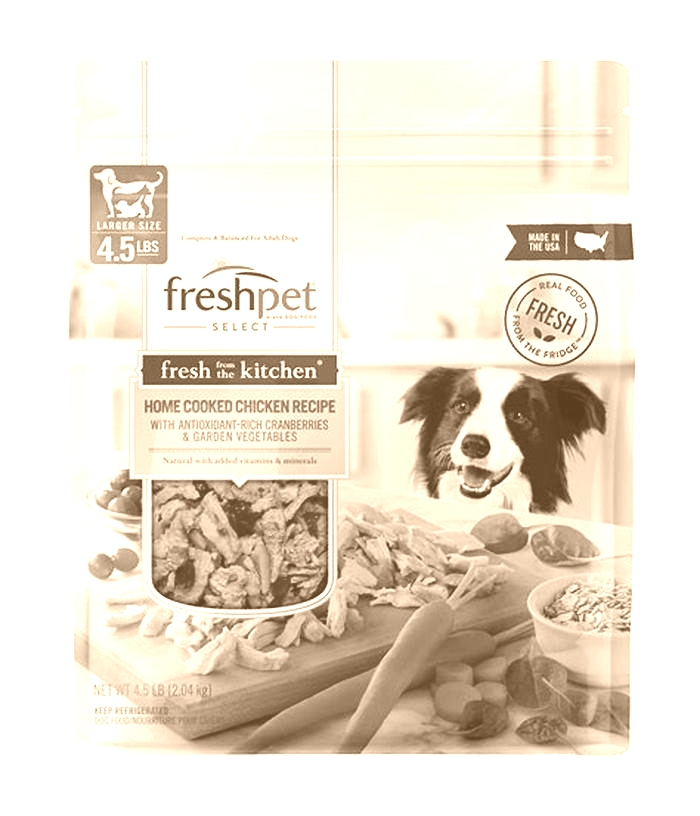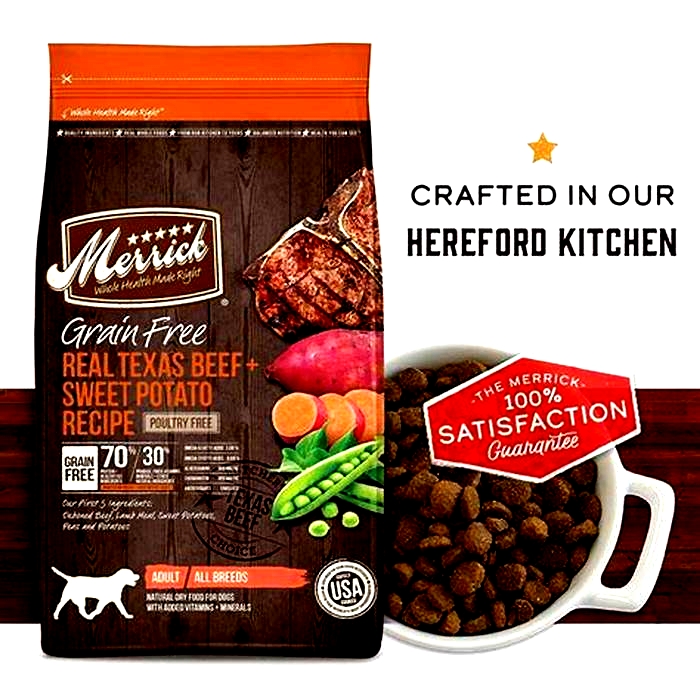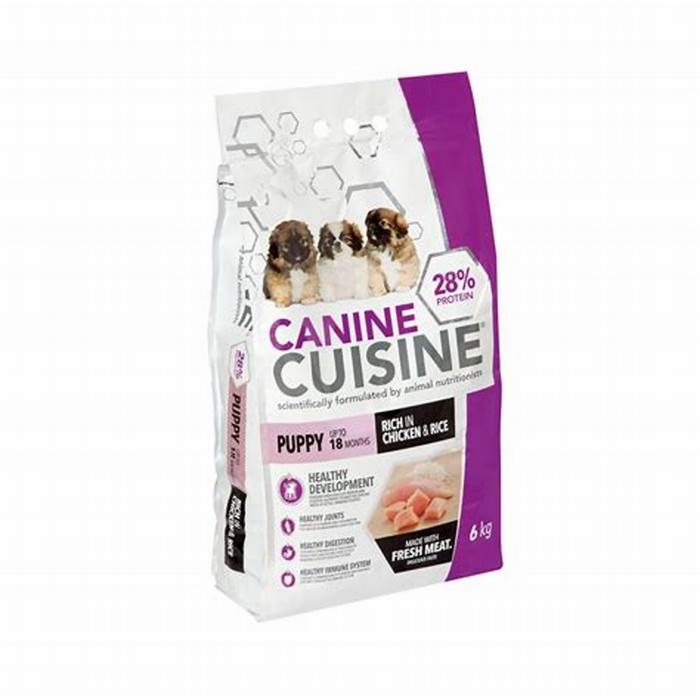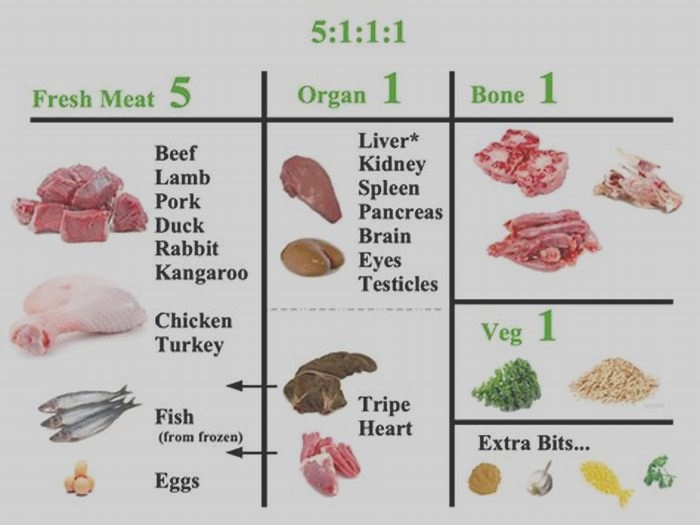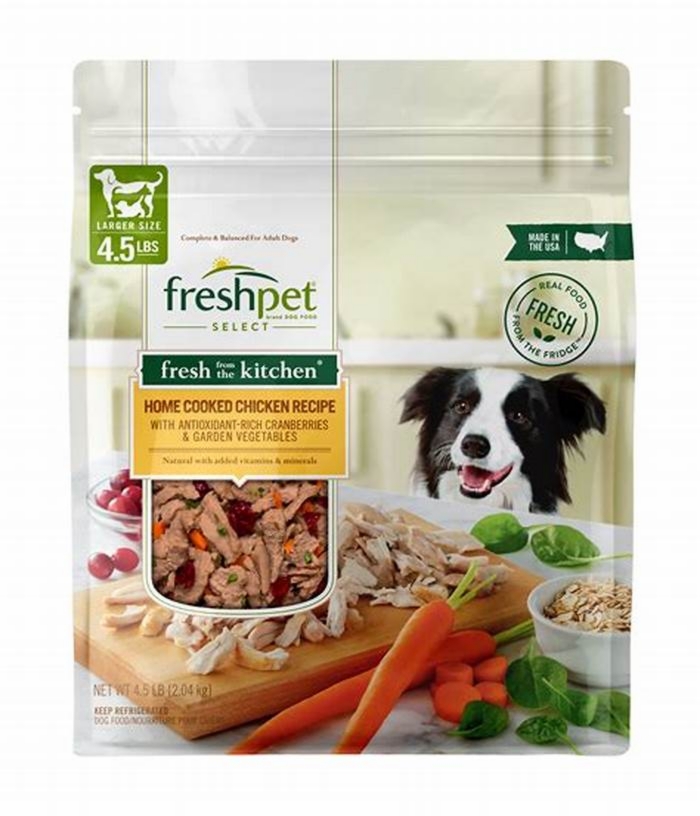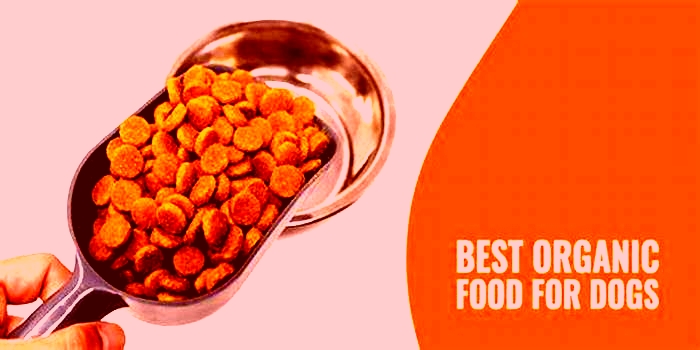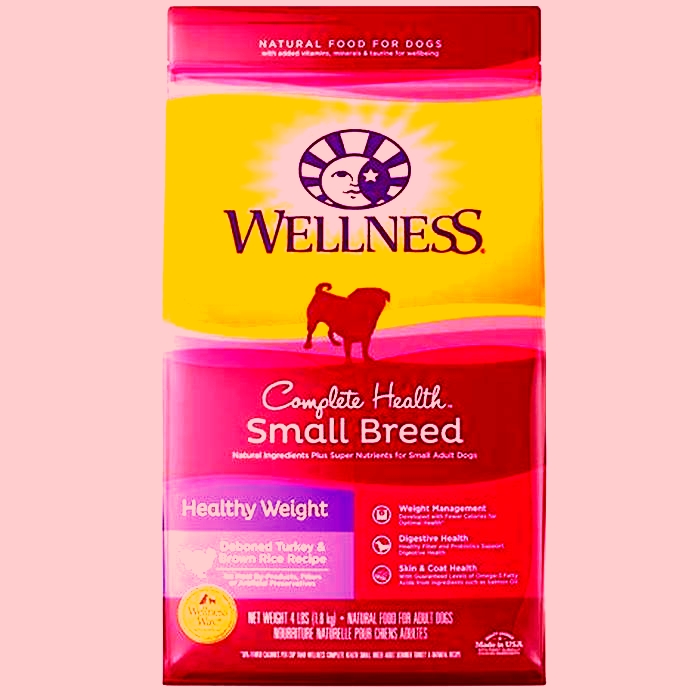The Organic Edge Unleashing the Secrets of Organic Dog Food for Optimal Canine Health
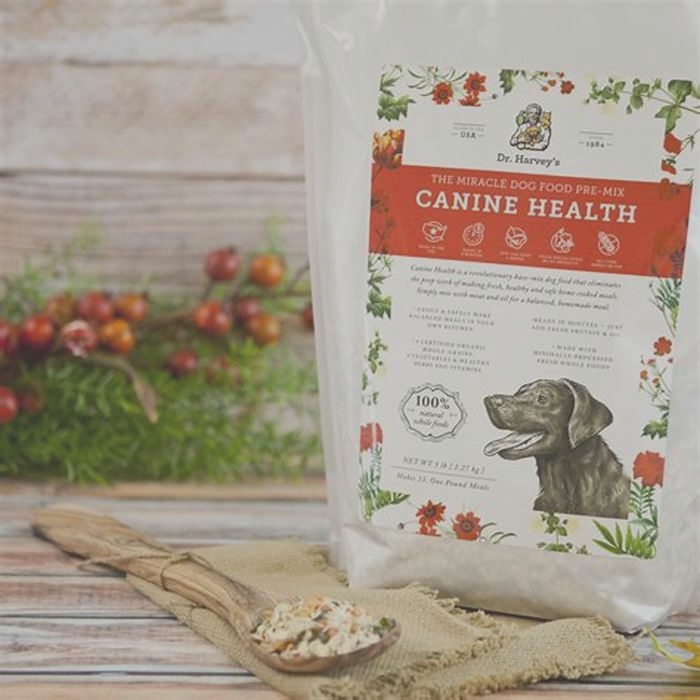
5 Best Organic Dog Foods (2024)
How to Choose the Best Organic Food for Dogs
When it come to the best organic dog foods, it is important to know that not all diets are created equally. The word organic itself has become somewhat of a buzzword as companies realize pet owners interests in feeding their dogs food that they believe to be the best for them.
Organic and natural dog foods typically are the best for dogs to consume since great care is taken to source ingredients that have been raised in the ideal conditions and that are free from pesticides and other harmful agents. However, there is a difference between what is defined as an organic food and a natural food, and it is important for families to understand this to make the best selection for their dog.
Under the regulations established by the Association of American Feed Control Offices (AAFCO), natural is defined as a feed or feed ingredient derived solely from plant, animal, or mined sourcesnot having been produced by or subject to a chemically synthetic process and not containing any additives or processing aids that are chemically synthetic.
What this typically means in terms of dog foods which are often filled with items that would seemingly defy this description is that a natural food must be free from corn, wheat, soy, and artificial colors to be designated as natural. It is also important to note that currently there are no specific rules that companies must adhere to to market their diets as natural dog foods.
Organic foods are bound by a far more stringent set of guidelines. For a dog food to receive the designation of certified organic, all plants included in the food must have been cultivated without the use of any pesticides, artificial fertilizers, genetic modification, irradiation, or sewer sludge.
Any proteins included in organic diets are also required to be taken from animals which were fed organic materials, provided with the opportunity to roam outdoors, and to have never been subjected to treatment by antibiotics or hormones.
Receiving certification as an organic dog food is a lengthy process with many hoops to be jumped through to accomplish. Regulations surrounding the privilege of labeling a dog food as organic are very strict. As a result, sourcing ingredients of this quality as well as achieving certification is an extremely lengthy and expensive task, meaning the dog food itself is more costly for the consumer as a whole.
Choosing the Correct Calorie Count for Organic Dog Foods
Organic dog foods are made from the best available ingredients thus meaning their quality is exceptional. Ingredients are most often included in their whole form, and as a result, the food is nutritionally dense. This means that though a food may come with a higher price tag less of it will need to be fed on a daily basis to achieve the same results as a lesser quality food. So though the initial financial output may be high, savings are realized through fewer health issues and a food that lasts longer.
The amount of the best organic food for dogs each dog will need will depend on a number of factors. Among the biggest considerations are age, weight, activity level, breed, and the type of food itself. As a general guideline, it is a good idea to follow the suggested serving sizes printed on the bag of food. These can be adjusted until the correct portion size is determined.
As with all foods, a dogs weight and appetite can help families to assess whether meal sizes should be increased or decreased.
Dietary Requirements for Organic Dog Foods
Even within organic dog foods, some differences do exist. It is important for owners to take the time to understand what is in any food they are considering purchasing for their dog.
One of the key distinctions in organic dog foods today is labeling. Some organic foods will be marketed as containing organic ingredients while others declare themselves to be all-organic. When a food is labeled USDA Organic, this means that the food was certified to contain a minimum of 95% organic ingredients as defined by the USDA. Foods that are simply made with some organic ingredients have a lower requirement imposed on them with only 70 percent of their ingredients required to be certified as organic.
It is also important to select a food that specifically labels its proteins. If an organic food simply lists things such as meats or animal fats, these diets are best avoided.
Within the United States, the FDA is responsible for ensuring a food is suitable for animal consumption. This authority is also regulated by the Department of Agriculture in each individual state. It is important to note that though inspections of food manufacturing plants do occur regularly, notices to comply are not always adhered to, and regulations are not always enforced. This means that not all dog foods that proclaim themselves to be organic truly are.
Always look for the title certified organic on any food that proclaims to be an organic diet. Many companies try to avoid this by stating they include certain ingredients that have received the designation of being a USDA organic product. These may contain one item that has been certified as USDA organic while the food as whole is not certified.
As with all dog foods, it is important that the first ingredient in any organic dog food be a meat with whole meats preferable. Carbohydrates may be from whole grains or fruits and vegetables with their main goal being providing excellent amounts of dietary fiber and antioxidants. Lastly, healthy fats provide dogs with the energy they need and are also a vital help in maintaining good skin and coat quality and promoting healthy joints.
Any food suited for the need of an adult dog should contain a minimum of 18 percent protein and 5 percent fat. Use this criteria as a basic rule of thumb when considering which diet is the best organic dog food.
Things to Look for in the Best Organic Food for Dogs
Here is a basic list of the most important things to look for in an organic dog food:
- Whole meat or meat meal proteins heading up the ingredients list
- Prepared without the addition of chemicals, flavorings, fillers, or mystery ingredients
- Enriched with probiotics and helpful supplements
- Meets AAFCO nutritional requirements for a complete and balanced food
- Has been certified organic and bears this designation on its label
Unveiling the Canine Wellness Secret: Organic Dog Food Reviews for a Healthier, Happier Senior Pup
Unveiling the Canine Wellness Secret: Organic Dog FoodReviews for a Healthier, Happier Senior Pup
Unveiling the Power of Organic Dog Food forSenior Canines
Welcome to a journey where science meets canine well-being. I'mexcited to guide you through the world of organic dog food and itstransformative benefits, particularly for our beloved senior dogs.
Section 1: Understanding the Science Behind Organic Dog Food
Decoding the Organic Advantage
In this section, we delve into the scientific intricaciesthat make organic dog food stand out. From superior nutrient profiles toreduced exposure to harmful chemicals, discover why going organic is agame-changer for your senior pup's health.
Organic dog food can indeed offer several advantages foryour senior pups health. Here are some key points:
Superior Nutrient Profiles: Organic dog food often containshigh-quality protein sources in greater amounts than adult maintenance formulasto support lean muscle mass1. This is crucial as older dogs need about 50percent more protein to maintain muscle mass compared to younger ones.
Reduced Exposure to Harmful Chemicals: Organic dog food isfree from artificial flavors and preservatives, reducing your dogs exposureto potentially harmful chemicals.
Enhanced Skin and Coat: Pet parents who feed their pets ahigh-quality, organic diet often notice improved energy levels, healthy weight,enhanced skin and coat, clear, bright eyes, and better stool from easierdigestibility.
Support for Joint Health and Mobility: Some organic dogfoods contain additional nutrients, like glucosamine and omega-3 fatty acids,to support joint health and mobility.
Support for Organ Health: For senior dog health problemssuch as heart and kidney disease, youll want a low-sodium food
Section 2: The Top 5 Organic Dog Food Brands for SeniorCanines
Our Expert Picks for Optimal Canine Nutrition

Here are the top 5 organic dog food brands for seniordogs, each carefully selected for their quality and nutritional value:
- Ollie Chicken with Carrots Dog Food: Thisveterinarian-designed meal is optimized for your dogs age, weight, breed size,and activity level. Made with 100% human-grade ingredients, it gets most of itsmeat protein from fresh chicken. It contains 37% protein, 11% fat, and 44%estimated carbs, with a fat-to-protein ratio of about 30%.
- Nom Nom Beef Mash Fresh Dog Food: This recipe makes itpossible to feed your dog a homemade meal without all the hard work. It getsmost of its animal protein from fresh ground beef. It contains 35% protein, 17%fat, and 40% estimated carbs, with a fat-to-protein ratio of about 50%.
- Tender and True Organic Dog Food: This recipe derives thevast majority of its animal protein from both chicken meal and fresh chicken.It contains 29% protein, 18% fat, and 45% estimated carbs, producing afat-to-protein ratio of about 62%. It is USDA-certified organic.
- Gather Free Acres Dog Food: This recipe gets the lionsshare of its meat protein from fresh chicken and dehydrated chicken. Itcontains 33% protein, 17% fat, and 42% estimated carbs, creating afat-to-protein ratio of about 50%.
- Nulo Senior Trout & Sweet Potato with Glucosamine: Thisrecipe is specifically designed for senior dogs. It provides a balanced dietwith a focus on protein and includes glucosamine for joint health.
Remember, its always best to consult with your vet beforemaking any major changes to your dogs diet. They can provide guidance based onyour dogs specific needs and health conditions.
Section 3: How to Incorporate Organic Dog Food Into YourSenior Dog's Diet
Seamless Integration into Daily Life
Heres a roadmap to help you incorporate organic dog foodinto your senior dogs diet:
1. Gradual Transition: Switching your dogs diet abruptlycan lead to digestive issues. Instead, gradually introduce the new food over aweek. Start by mixing 25% of the new food with 75% of the old food. Slowlyincrease the proportion of the new food while decreasing the proportion of theold food each day.
2. Portion Control: Its important to feed your dog theright amount of food. Too much can lead to obesity, while too little can leadto malnutrition. Check the feeding guidelines on the foods packaging as astarting point. You may need to adjust the portion size based on your dogsage, weight, and activity level.
3. Regular Monitoring: Keep an eye on your dogs health asyou switch to the new diet. Look for changes in weight, energy level, and stoolconsistency. A healthy diet should result in a well-maintained weight, highenergy levels, and firm, brown stools.
4. Regular Vet Check-ups: Regular vet check-ups are crucialduring this transition period. Your vet can monitor your dogs health and makenecessary adjustments to the diet plan.
Remember, every dog is unique. What works for one might notwork for another. Its always best to consult with a vet before makingsignificant changes to your dogs diet. They can provide personalized advicebased on your dogs specific needs.
Section 4: Frequently Asked Questions About Organic Dog Foodfor Senior Dogs
1. What sets organic dog food apart from regular options?
Organic dog food is made from ingredients that are grownwithout pesticides, artificial fertilizers, genetic modification, irradiation,or sewage sludge. Animal ingredients in organic dog food must come fromanimals raised on organic feed, given access to the outdoors, and not treatedwith antibiotics or hormones. The ingredients in organic dog food can onlyundergo certain types of processing.
2. Are there specific benefits for senior dogs?
As dogs age, their nutritional requirements change andevolve. Obesity, arthritis, and cognitive and appetite loss are common problemsfor seniors. Organic dog foods are often more nutrient-rich than other caninefoods, which can help preserve the nutritional content. This is becauseorganic ingredients tend to be fresher and free from artificial substances.
3. How to choose the best organic food for my senior pup?
The best starting place for any senior is to feed them thehighest-quality balanced diet possible. You should be aware of just a fewimportant factors that apply to most senior dogs. This will help you choose thebest dog food for your senior dog. Healthy seniors need more protein, notless, to fuel muscle. Older dogs need about 50 percent more proteinto maintain muscle mass compared to younger ones.
4. Is organic dog food suitable for dogs with allergies?
Yes, organic dog food can be suitable for dogs withallergies. The best dog foods for allergies are available in 2 recipe designs:Limited-ingredient diets and Hypoallergenic dog foods. Limited ingredientdiets contain fewer items, which can make it easier to pin down the specificingredient (known as an allergen) to which your pet may be allergic.
5. Can organic dog food improve my dogs coat and skinhealth?
Yes, certain ingredients in organic dog food can contributeto a healthy coat and skin. For example, chia seeds are rich in Omega-3essential fatty acids and promote a dogs skin and coat health while helpingfight off and clear up skin inflammation. Almonds contain all that makes up theentire vitamin E family, specifically tocopherols and tocotrienols, which arehuge helpers in promoting healthy skin and hair.
6. Addressing concerns about organic dog food pricing.
Organic Dog Food Pricing: Organic dog food tends to be moreexpensive than regular dog food. The average organic dog food is priced about23% higher than a comparable size package of regular dog food. However, thishighly specialized category of dog foods can sometimes be found selling for asmuch as 40% more than their conventional counterparts.
7. Are there any scientific studies supporting organic dogfood benefits?
Some studies have found some benefits to organicfoods, which could potentially extend to organic dog food. For instance,compared to conventional foods, organic foods have been found to have smallincreases in antioxidants, small increases in phosphorus, and higher amounts ofomega-3 fatty acids. However, the current scientific evidence supporting the nutritional benefits of natural pet food products is limited. Its importantto note that the healthiest dietary choices for dogs are nutritionally sounddiets.
8. Can I mix organic dog food with homemade meals?
Yes, you can mix organic dog food with homemade meals.Veterinarians recommend starting with about 25% new food and 75% old food, thengradually increasing the amount of new food until you reach 100%. However,its crucial to ensure that homemade meals are nutritionally balanced. Ahomemade dog diet should contain an appropriate balance of protein,carbohydrates, fiber, and fat. Its recommended to consult your veterinarianor a canine nutritionist before switching your dog to a homemade diet.
9. How does organic dog food contribute to joint health insenior dogs?
Organic dog food can contribute to joint health in seniordogs. Foods rich in omega-3 fatty acids, glucosamine, and chondroitin arebeneficial for older dogs with joint problems. These nutrients support jointhealth and reduce inflammation. Optimal levels of vitamins and mineralspromote the efficient production of cartilage and nutritionally support boneand nerve function.
10. Understanding the organic certification process for dogfood.
The term "organic" is officially defined by AAFCOas meeting the production and handling requirements of the U.S. Department ofAgricultures (USDA) National Organic Program (NOP). Organic products areproduced through approved methods that integrate cultural, biological, andmechanical practices that foster the cycling of resources, promote ecologicalbalance, and conserve biodiversity. Synthetic fertilizers, sewage sludge,irradiation, and genetic engineering may not be used. Organic regulationsspecific to pet foods are currently being developed. In the interim, the NOPhas said that pet foods claiming to be organic must meet its human foodregulations. Certified organic foods will display a USDA organic seal and mustbe made of at least 95% organic ingredients.
11. Are there any breed-specific considerations for organicdog food?
While all breeds of dogs can theoretically benefit fromorganic foods, some will see more noticeable improvements than others. Forexample, breeds with sensitive stomachs or allergies may have fewer digestiveissues or skin problems when switching to an organic diet. Somebreed-specific diets might address specific health concerns. For instance,large breeds might be prone to joint issues, while smaller breeds might havedental concerns. Active breeds might require more calories, while sedentarybreeds might need fewer. However, it's important to note that all dogs havethe same basic nutritional requirements, and there are no major differencesbetween different breeds.
12. Tips for transitioning from conventional to organic dogfood.
Transitioning your dogs diet from conventional to organicshould be done gradually to avoid gastrointestinal upset1. Heres a recommendedtransition schedule:
- Days 1-2: Mix 25% of the new food with 75% of the old food.
- Days 3-4: Mix 50% new food with 50% old food.
- Days 5-6: Mix 75% new food with 25% old food.
- Day 7: Feed your dog 100% new food. If your dog shows signsof stomach upset, slow down the process and give them more time to adjust.
13. Exploring organic dog treats for senior canines.
There are many organic treats available that are suitablefor senior dogs. Some treats are softer, have fewer ingredients, or addresscertain health needs. You can also make homemade treats using ingredients likeunsweetened Greek yogurt, organic pumpkin puree, brewers yeast, and dog-safesalmon oil.
14. What role does organic dog food play in preventingobesity in older dogs?
Organic dog food can play a role in preventing obesity inolder dogs. As dogs age, their maintenance energy requirements (MER) decreasedue to decreases in lean body mass and activity level. Feeding your dog abalanced diet that matches their energy needs can help maintain a healthyweight7. Foods rich in omega-3 fatty acids can help reduce inflammation causedby obesity.
15. Addressing potential side effects of transitioning toorganic dog food.
Transitioning to a new diet can cause temporarygastrointestinal upset in some dogs, including symptoms like diarrhea,vomiting, increased production of gas, and decreased appetite. If thesesymptoms persist, its best to consult with your veterinarian1. Always monitoryour dogs reaction to the new food and adjust the transition paceaccordingly.
Conclusion:
Organic dog food can indeed play a pivotal role in enhancingthe well-being of senior dogs. Its all about providing your furry friend witha balanced diet that meets their specific needs. Remember, transitioning toorganic food should be done gradually and under the guidance of a veterinarian

